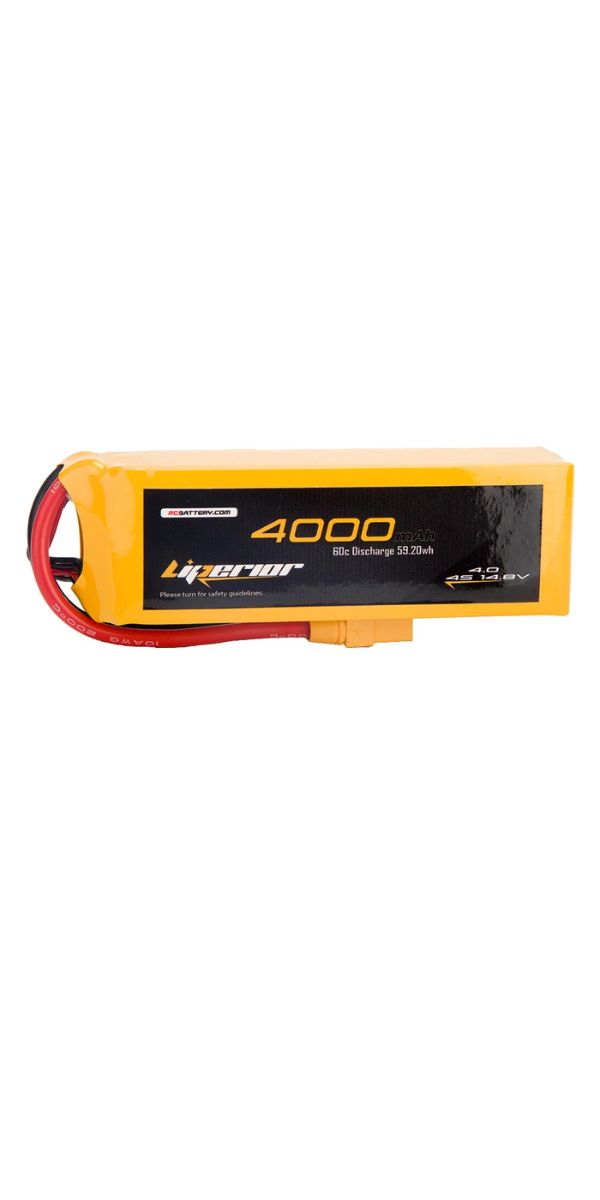Remote control (RC) cars have become a hobby for countless enthusiasts around the world, driven by their incredible speed, power, and versatility. A major factor behind this performance is the LiPo (Lithium Polymer) battery, a powerful energy source that gives RC cars their punch. However, without proper care and maintenance, your LiPo batteries can degrade quickly, losing their capacity to deliver optimal performance.
In this guide, we’ll walk you through essential LiPo battery maintenance tips to help you get the most out of your battery, ensuring longevity, reliability, and—most importantly—maximum fun.
What Are LiPo Batteries and Why Are They Important?
LiPo batteries are a type of rechargeable battery known for their lightweight design and high discharge rates, making them a perfect match for RC cars that demand fast and sustained power. Unlike traditional NiMH batteries, LiPo batteries offer superior energy density, allowing for more compact designs and extended run times.
However, they also come with certain risks if not maintained properly. Overcharging, overheating, and deep discharging can lead to battery swelling, reduced performance, and even dangerous situations like fires. Understanding how to care for your LiPo battery will save you both time and money, allowing you to enjoy your RC hobby without interruptions.
Common LiPo Battery Issues
Before diving into the tips, it’s important to understand the common issues that LiPo batteries face, many of which stem from improper use or neglect. These problems include:
- Swelling: A swollen LiPo battery is a sign of internal damage, often caused by overcharging or overheating. Once a battery swells, it’s unsafe to use.
- Overcharging: Charging a LiPo battery beyond its recommended voltage can degrade its performance and cause safety hazards.
- Over-discharging: Letting a LiPo battery discharge too low can also cause permanent damage, reducing its ability to hold a charge.
- Temperature Sensitivity: LiPo batteries are highly sensitive to extreme temperatures. Storing or operating them in high heat can cause irreversible damage.
Knowing these potential pitfalls will help you take preventive steps in maintaining your battery for long-term use.
Essential LiPo Battery Maintenance Tips
1. Proper Charging Practices
One of the most crucial aspects of LiPo battery maintenance is how you charge it. Unlike other battery types, LiPo batteries require specific charging routines to stay healthy.
- Use a Dedicated LiPo Charger: Always use a charger designed specifically for LiPo batteries. These chargers are equipped with features like balance charging, which ensures that each cell in the battery charges evenly, preventing damage and prolonging battery life.
- Balance Charge Regularly: Most LiPo batteries are made up of several cells. A balance charge ensures all cells are charged equally, which is critical for both safety and performance. It’s recommended to balance charge your battery every time you use it.
- Avoid Overcharging: LiPo batteries typically have a safe voltage range between 3.7V and 4.2V per cell. Overcharging beyond this limit can damage the battery or cause it to swell. Using a charger with an automatic cut-off function will prevent overcharging.
2. Discharging and Usage Guidelines
How you use and discharge your LiPo battery also plays a critical role in its lifespan. Properly managing your battery during operation can keep it running smoothly.
- Don’t Over-Discharge: When using your RC car, make sure not to run the battery down too low. Discharging your LiPo battery below 3.0V per cell can permanently damage it. Use a voltage alarm or cutoff device to monitor the battery level during use.
- Monitor Temperature: Overheating is one of the quickest ways to damage a LiPo battery. After heavy use, let the battery cool down to room temperature before charging it again.
- Consider Discharge Rate (C-Rating): The C-rating of your LiPo battery determines how quickly it can discharge its energy. Make sure your battery’s C-rating matches the needs of your RC car to prevent over-exertion and damage.
3. Storage Best Practices
Proper storage of LiPo batteries is often overlooked but plays a significant role in battery health, especially if the battery will not be used for a long period.
- Store at the Correct Voltage: When you’re not using your LiPo battery, it’s crucial to store it at the correct voltage—around 3.7 to 3.8V per cell. Many LiPo chargers come with a storage mode that automatically discharges or charges the battery to this level.
- Temperature Control: Keep your battery in a cool, dry place. Heat is one of the biggest enemies of LiPo batteries. Extreme temperatures, whether hot or cold, can degrade your battery’s performance over time.
- Check for Swelling or Damage: Before storing, always inspect your battery for any signs of swelling or physical damage. If the battery shows signs of wear, it may be unsafe to store or use.
4. Safety Measures
When dealing with LiPo batteries, safety is paramount. Due to the nature of their chemistry, these batteries can be volatile if not handled with care.
- Use Fireproof Bags: When charging or storing your LiPo batteries, use a fireproof LiPo bag to contain any potential fire in case of battery failure. This is especially important during charging, as overcharging can lead to thermal runaway.
- Never Leave Unattended While Charging: Always monitor your LiPo battery while it’s charging. Leaving it unattended increases the risk of overheating and other issues that could lead to fires.
- Dispose of Damaged Batteries Properly: If a battery is damaged or swollen, do not continue using it. Dispose of it at a local battery recycling facility according to local regulations.
Conclusion: The Key to Long-lasting Power
Maintaining your LiPo battery is an essential part of ensuring the longevity and performance of your RC car. By following proper charging, discharging, and storage practices, you can prevent common issues like swelling and overcharging. Regularly monitoring your battery’s condition and taking the necessary safety precautions will not only keep your battery running at its best but also ensure a safer experience for you and your RC car.
So, invest the time in maintaining your LiPo battery, and you’ll be rewarded with consistent power and thrilling performance on the track.
FAQs
1. How often should I balance charge my LiPo battery?
Balance charging should be done every time you charge your LiPo battery. This ensures that all the cells are evenly charged, prolonging the life of the battery.
2. What voltage should I store my LiPo batteries at?
The ideal storage voltage for LiPo batteries is between 3.7V and 3.8V per cell. Many chargers have a storage mode feature that automatically sets the correct voltage.
3. Can I leave my LiPo battery charging overnight?
No, it is not recommended to leave a LiPo battery charging unattended. Always monitor the charging process to prevent overcharging, overheating, or other safety hazards.
4. How do I know if my LiPo battery is damaged?
Common signs of damage include swelling, a noticeable drop in performance, or the inability to hold a charge. If any of these signs appear, it’s best to discontinue use.
5. How long do LiPo batteries last?
With proper care and maintenance, a LiPo battery can last between 300 and 500 charge cycles. However, this varies based on usage patterns, charging habits, and storage conditions.




